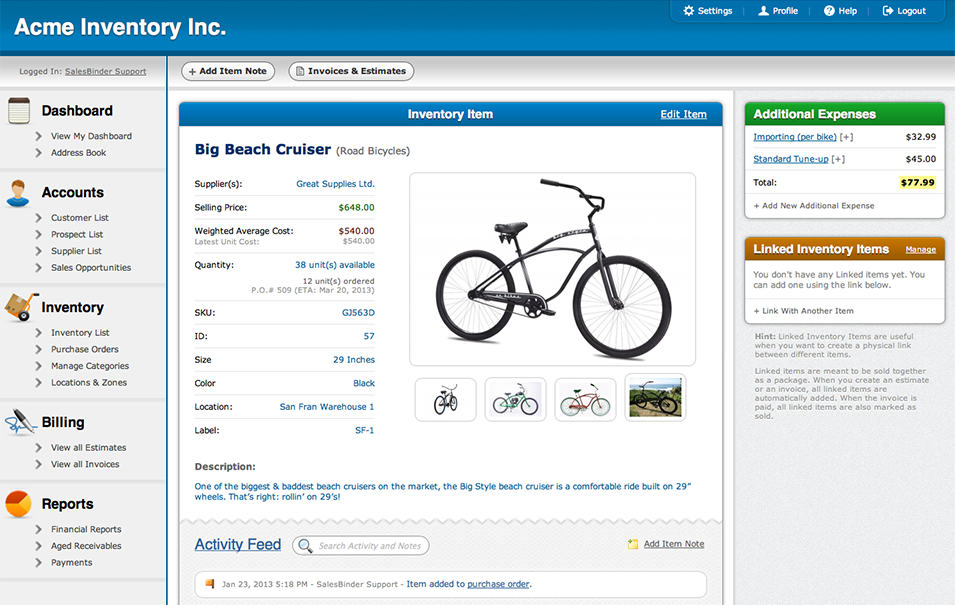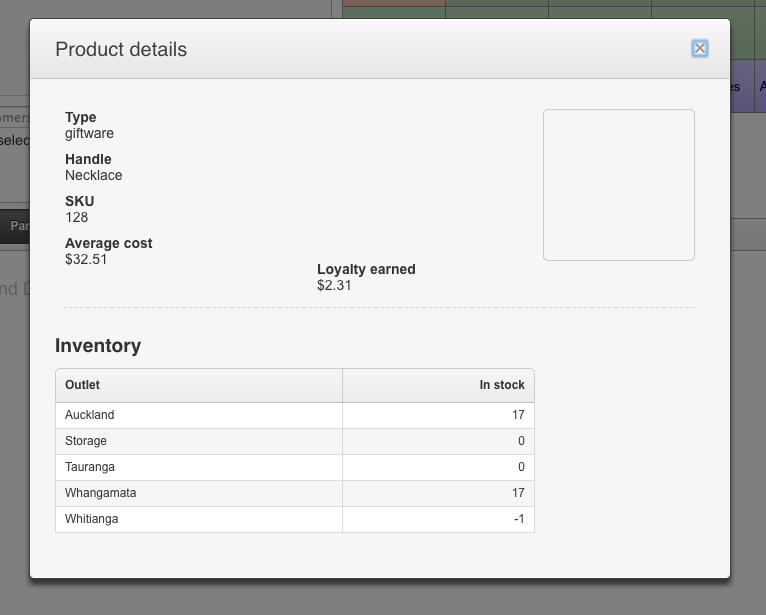All You Need To Know About Selling Your Stocks
Post on: 16 Март, 2015 No Comment

I Paid $10 and Now it’s Worth $45 – What Should I Do?
Let’s start with a simple and classic example. You enter a position with a stock at $10. Years pass by and the stock is now at $45. On paper, you are showing a total return of 350%. That’s awesome! I wish I had several stocks like that. But then, you are face to face with the ultimate investor dilemma: should you sell your shares or not?
On one hand, if the stock has gone up that high, it might be on a bigger rally. After all, we saw many stocks doing more than 100% over 10 years even through the worst investing decades of the history. Here are just a few examples of dividend stocks that made over 100% in 10 years (results as at March 5 th ):
Seagate Technology (STX): +177.12%
TD Bank (TD): +143.75%
ScotiaBank (BNS): +132.98%
So should you all sell these companies simply because they show a triple digit return over 10 years? If you are not convinced yet, here’s little story to give you some food for thought.
A Tale of Three Investors
Jerry who bought shares of ABC 6 months ago at $55
The stock of ABC is trading today at… $45. So we have three investors holding the same stock but showing different returns:
John is at 350%
Jim is at 28.57%
Jerry is at -22.22%
John is freaking out thinking the stock could lose more and he is already making a huge return.
Jim is freaking out thinking he made a good return in a short period of time and now that the stock is going down, he may want to exit.
Jerry is freaking out thinking he just bought that stock (probably after his friend John and Jim told him about their returns!) and he lost a fifth of his money already in 6 months.
Let me ask you these 2 questions and take a moment to answer before reading forward:
Who should hold the stock?
Who should sell the stock?
Who’s right to sell and who’s wrong? I can’t tell you the answer because I didn’t tell you anything about the ABC Company except three price data point across a 10 year history. The only thing we know is the price at a specific time and yet, I’m sure you have an opinion as to whom should sell and who should keep his shares.
Technically, they should all three do the same thing. Either keep the stock or sell it. The selling price should never be related to the price you paid. We are talking about the same company here. So why would it be better for the investor who makes a profit to sell and to hold on for the investor who’s losing (or vice-versa).The selling moment and the selling price should be based on your stock analysis.
When Should You Sell Then.
I will agree with you: selling a stock is probably the hardest thing among all for a DYI investor. There are a few guidelines that can help you making the right decision and build a strong portfolio.
Trick #1: Estimate the Companys Value
If you like to go deep inside financial statements and like to play with your calculator; estimating the company value with a target price could be very useful. The idea is to find a stock that you assess at $15 but pay $10. Then, once the stock reaches your estimated value, you sell the stock and trade another one. Most professional portfolio managers use this strategy. For the DYI investor, this could be a lot of work and you might not have enough time to do this.
Trick #2: Why Did You Buy the Stock In the First Place?
Because time in my day is limited and I have other hobbies than reading financial statements, I use trick #2 more than the trick #1. Each quarter, I look at the financial statement of my holdings and review my positions. I ask a simple but powerful question: regardless when and how much I paid, would I buy this company again today?

If the fundamentals are still there, there are no reasons for me to sell. A good example I have in my portfolio right now is my shares of Telus (TSE:T). I bought them at an average price of $54.27 and they are now over $70. A 30% investment return + dividend is very tempting to cash out. However, Telus still shows growth and a strong balance sheet in their latest financial statement. So I would probably buy T shares again today if I hadn’t any. This also means that I believe the stock will go higher. I might be wrong, but I would rather continue the ride instead of selling them right away and leave potential money on the table.
Trick #3: Put a Stop Sell Price
Some people are more afraid of losing money and leaving money on the table after selling too fast. For you folks, putting a stop sell price on your profitable trade is a good way to avoid any losses after seeing a paper profit. There is nothing more frustrating than seeing a stock jumping into double digits before going down and finishing in red ink on your statement.
You can then put a stop sell price that will ensure you protect a part of your profit in the event of unexpected bad news. For example, I could have put a stop sell on Seagate Technology (STX) when it reached $37. A stop sell at $35 would have sold all my shares after deceiving quarterly results. I thought of selling at $35 and decided to continue to ride STX. The reason is simple; I still believe that the company will come back strong and its P/E ratio will go back to normal. In my opinion, a company trading under a P/E ratio of 5 and still showing a dividend yield over 4% with a reasonable payout ratio is a deal.
Trick #4: Is There Another Opportunity?
I’m convinced it’s the most common reason for the end of a couple; one of them found someone else. Most people won’t leave their other half just to be alone. This is why, they may be in an unhappy marriage for several years… until they find someone else. Selling a stock to go back into a cash position is hard (especially if you look back and the stock keeps going up!). But selling a stock and buying another one the same day is very exciting.
If you are thinking of selling one or two stocks in your portfolio but you can’t make up your mind about taking action; finding another stock to love will probably convince you. Psychologically, you are not selling to cash in profits but to jump into another investing opportunity. This is a lot more interesting and challenging!
Trick #5 Follow the Pros
If you have the opportunity to follow professional portfolio managers and see their trade movements, you can save a lot of time. These guys are not always 100% right (far from it), but they spend their whole day calling buy and sell actions on different companies. Since they make a living out of it, they have to be somewhat good at it, shouldn’t they?
Last year, I registered to The Successful Investor Newsletter. This is a Canadian stock investing newsletter where award winning Pat McKeough gives his take on which stocks to buy and sell. I have subscribed to a lot of newsletters, but Pat remains my favorite. It’s a great way to get some hints on which stocks you should take a look at. I don’t drink his Koolaid per se, but it’s a great time saver for my portfolio. For those interesting in the US market, Pat is also writing the Wall Street Forecaster. I’ll be honest with you, I prefer his Canadian newsletter but still, he shows some great ideas. I guess it’s just that his Canadian recommendations are beating the index by far.
By the way, it is true that I will make a commission if you subscribe to the newsletter. But it is also true that I’m a subscriber and that I use it to manage my portfolio ;-). So if you plan on subscribing to a good investment newsletter and you want to thank me for all the free info you find on this blog at the same time, here’s your chance with a Special Dividend Guy Blog Readers Rebate:
Trick #6 Practice in a Virtual Environment
Great athletes are trained in a way that they can easily imagine their reaction facing any challenges. As an investor, you can also train your emotions with a virtual portfolio or a forex demo account. Playing in a virtual environment won’t provide you with the same level of adrenaline and the same emotion linked to the sale of a losing stock. However, you will become in a better position to anticipate the result, thus your emotion won’t take all the place in your investment decision.














